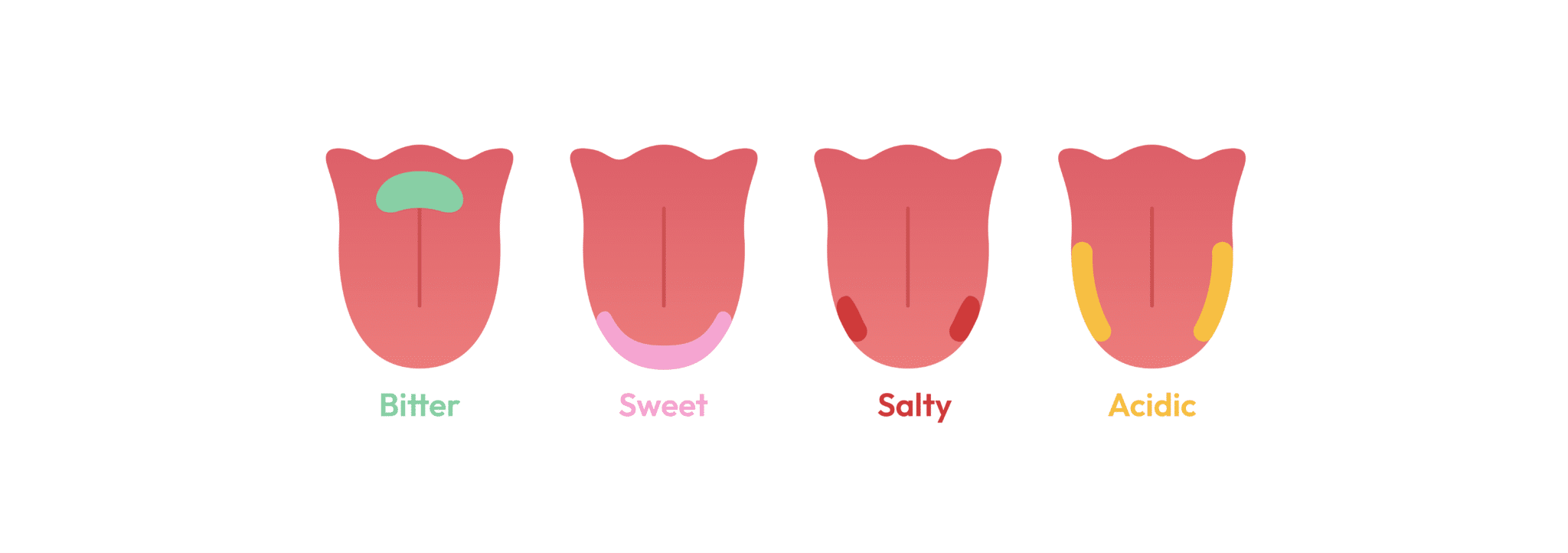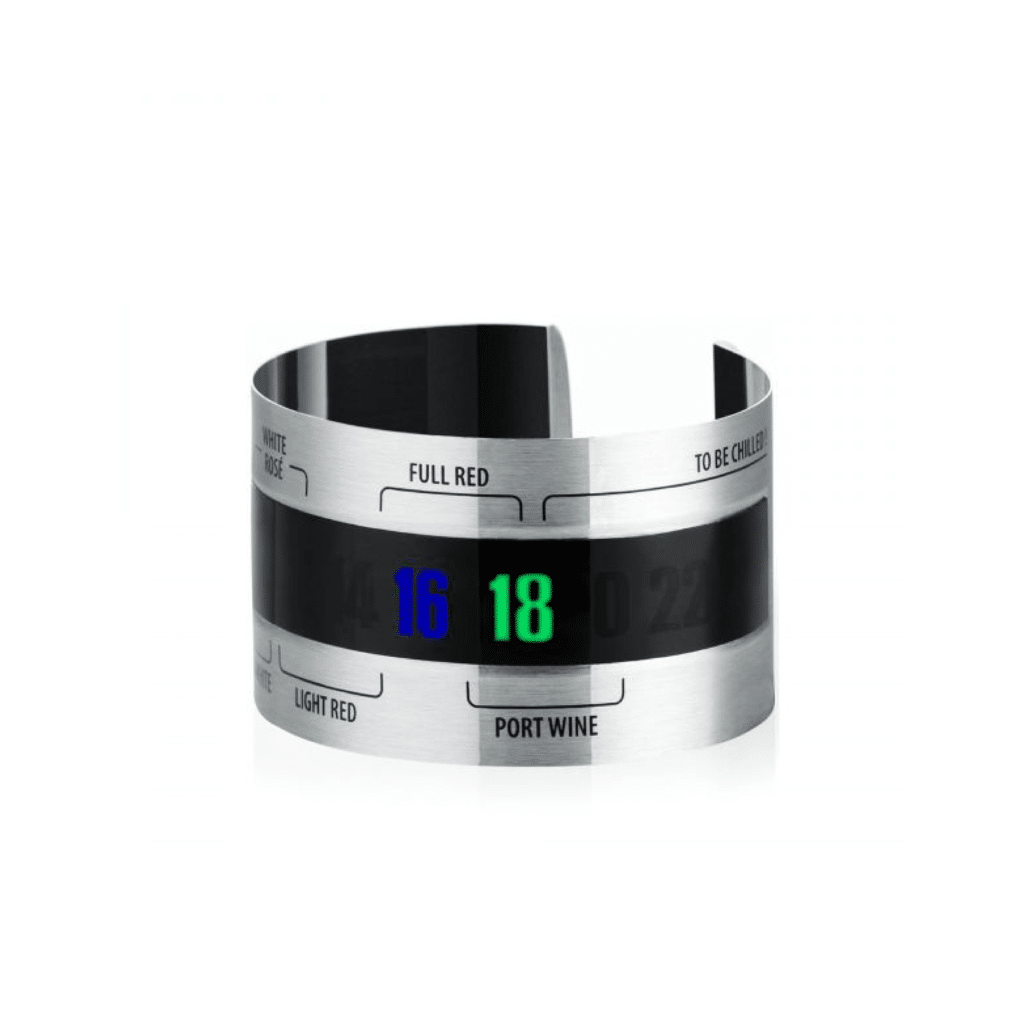- Wine
Our most recent wines
300kr
Out of stock
- Gourmet
- Accessories
- Wine packs
- Promotions
Many of us have came across with the question, “What’s the right temperature to serve this wine?” Sometimes the easiest way is to follow the idea that whites should be served at lower temperatures, around 6°C (directly from the fridge) and red wines at room temperature. Despite the fact that this general idea can lead us to make minor mistakes, it is important to know the ideal temperature for each style of wine in order to take the maximum pleasure from tasting it. A wine served at the wrong temperature can affect, intensify or mask its organoleptic characteristics.
First of all, it is essential to understand how our taste buds interpret each of the elements that make up the wine, not forgetting they’re almost insensitive to temperatures below 4ºC. This means that lower quality wines or those with more defects are easily consumed at lower temperatures and, in case of better quality wines, with more aromatic complexity, to decrease the temperature may lead to the absence of those qualitative attributes. Let’s see how we interpret each of these elements present in wine.
Alcoholic content
Alcohol content becomes more perceptible with higher temperatures. Imagine drinking vodka served at a room temperature of 25ºC or after leaving the fridge at a temperature of 6ºC. Clearly it will be more unpleasant at room temperature (unless you really like vodka). This condition means that red wines with 14.5% alcohol should be served slightly cooler than red wines with 13.5%. Although, we should never forget other characteristics…
Sugar
Sugar is another characteristic that is accentuated with heat. The higher the temperature of the wine the higher the perception of sugar. Imagine yourself drinking an iced Coke. You certainly won’t feel the syrup flavour used in its recipe. For this reason sweeter wines, such as late harvests and some fortified wines should be served at lower temperatures. Otherwise, they would be too cloying and less “fresh”. Note that in case of fortified wines, lowering the temperature may be beneficial to disguise the sensation of sweetness and alcohol.
Tannins
You’ve probably felt that feeling of dry mouth as if you had eaten a green banana, after a sip of red wine. Well, those are the tannins, organic substances present in the external part of different types of plants or fruits, which function as a defense mechanism against pests and predators. This is because, as they have a bitter taste and cause that astringent sensation, they inhibit those same attacks. Tannins also serve as fundamental conservative elements, practically exclusive to red wines. The lower the temperature, the more powerful they become and may make the drink unpleasant. Therefore, a young red wine with high alcohol content and powerful tannins should be served at a temperature around 16ºC. This way we disguise its alcoholic sensation without accentuating its tannins. Balance is the key!
We should bear in mind that the new oak also gives tannins to the wines during the long months of aging. Although, they are different kind of tannins, in most cases softer and rounder, this is an aspect that we should take into account in the case of white wines with long ageing.
Acidity
Acidity in wine is another essential factor for its conservation and aging. Less acidity make the wine heavy and lacking in “freshness” and too much acidity may spoil the wine by giving it a bitter or sour taste. Ideally, the wine should have a pleasant balance between its alcohol content and acidity level.
The acidic characteristic in wines is fundamental to pair with dishes. Wines with a satisfactory acidity content accompany fattier dishes in the right way, cleaning the palate from spicy or salty flavours, as well as being ideal companions for more acidic dishes, giving the meal a better balance between both.

Places where taste buds perceive each of the wine’s elements.
Although today’s know-how and winemaking methods allow the production of several styles, these are the recommended temperatures for each style of wine.
Sparkling wines
There are several styles of sparkling wines, so their serving temperatures can differ. Still, we should consider lower temperatures because the carbonic gas present in this drink is released at higher temperatures. To keep sparkling wines, whites and rosés fresh, ice buckets or winecoolers are often used. The ice bucket should be filled up to 3/4 full with water and ice, so that the bottle is completely enveloped by the ice water. To speed up this process, sprinkle the ice with salt before pouring the water.
White wines
Light, fresh and aromatic white wines should be served at lower temperatures due to their higher acidity and their fruity or floral aromas which are more evident at these temperatures.
Wooded, aged and fuller-bodied wines from the cellar should be served at slightly higher temperatures due the aromatic complexity acquired over time. Higher temperatures could mask them.
Rose wines
To produce rose wine is necessary the presence of red grapes for the extraction of colour (maceration). This contact may be more or less lasting, which will result in a wine that is more or less dark, with more or less tannins. One may say that the serving of rose wines follows a similar logic to that of white wines. The difference lies in the amount of tannins present in the wine due to the skin contact of the red grapes during vinification. Analysing the colour of the wine may help us understand if we are in the presence of a rosé with more or less tannins.
Red wines
It is said that room temperature was a term popularized by the French, due the 14º degrees in its cellars.
A glass of red wine at room temperature on a hot summer afternoon may not be the best option leading to an unpleasant sensation. It’s always recommended to lower the temperature in a refrigerator, wine cooler or, if necessary, in a ice bucket. If red wines are too cold, they will appear slender and rough. The most appropriate way to warm them is to let the bottle or glass rise in temperature slowly. Another way is to hold the bowl of the glass in your hands.
Dessert wines
Choosing the right temperature for dessert wines is a much more complex than for other styles of wine, due the huge variety of styles, flavors and aromas in these types of wines. Depending on the flavor and aroma of the wine, the serving temperature varies. Generally, if we are talking about wines with a young profile, light, fruity and even sweeter, we should choose to serve them a little cooler. On the other hand, if we are talking about more aged, complex and more structured wines, serving them at higher temperatures is certainly the best option.
We hope you enjoyed it.
See some products related to this article.
Share your opinion through info@winesandco.pt

101kr
Built by Fostira AB – We help companies grow.
Subscribe to our newsletter and get a 10% off coupon on your first order!
Looks like you haven't made a choice yet.